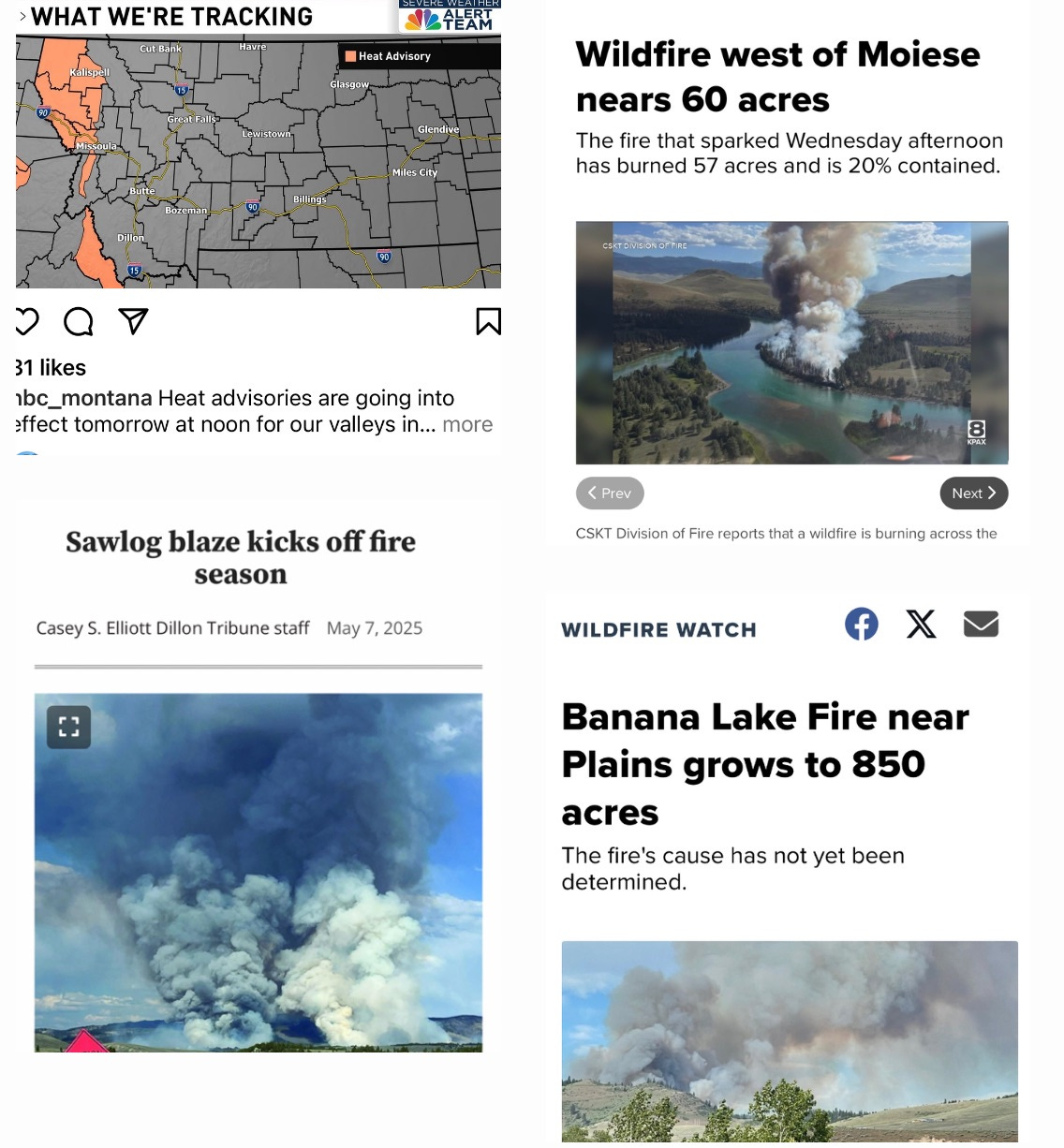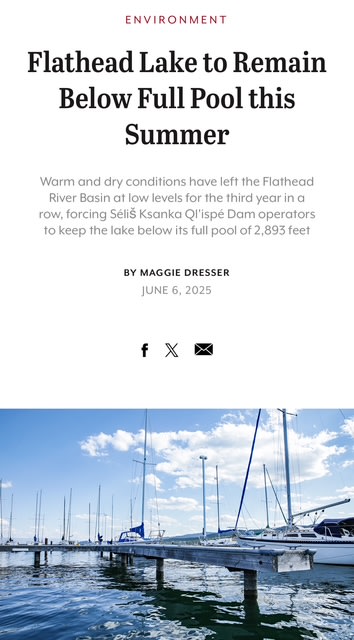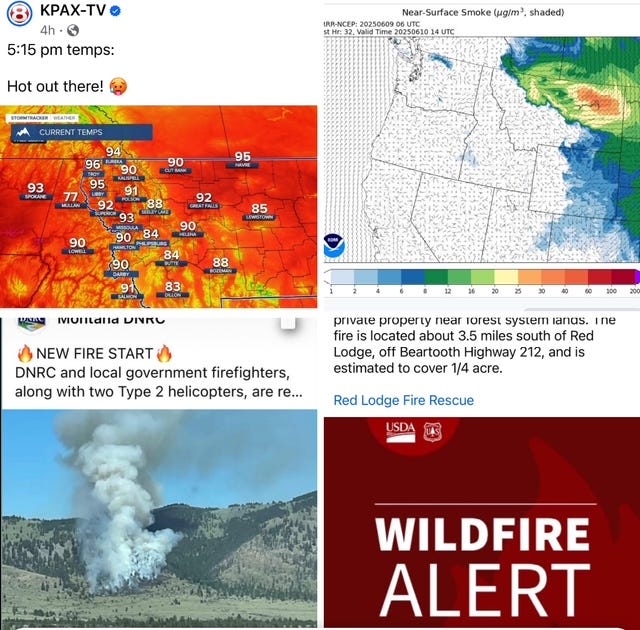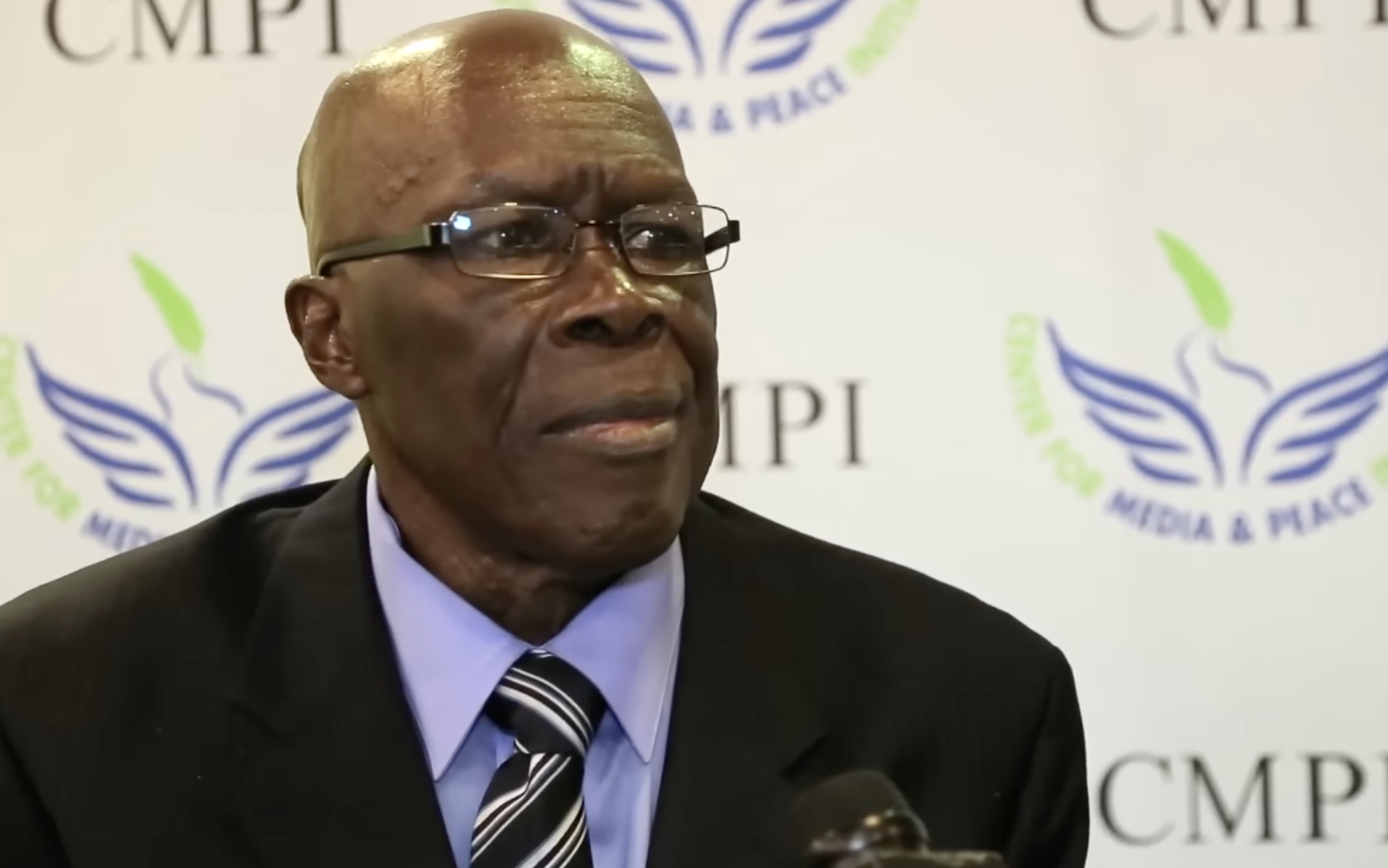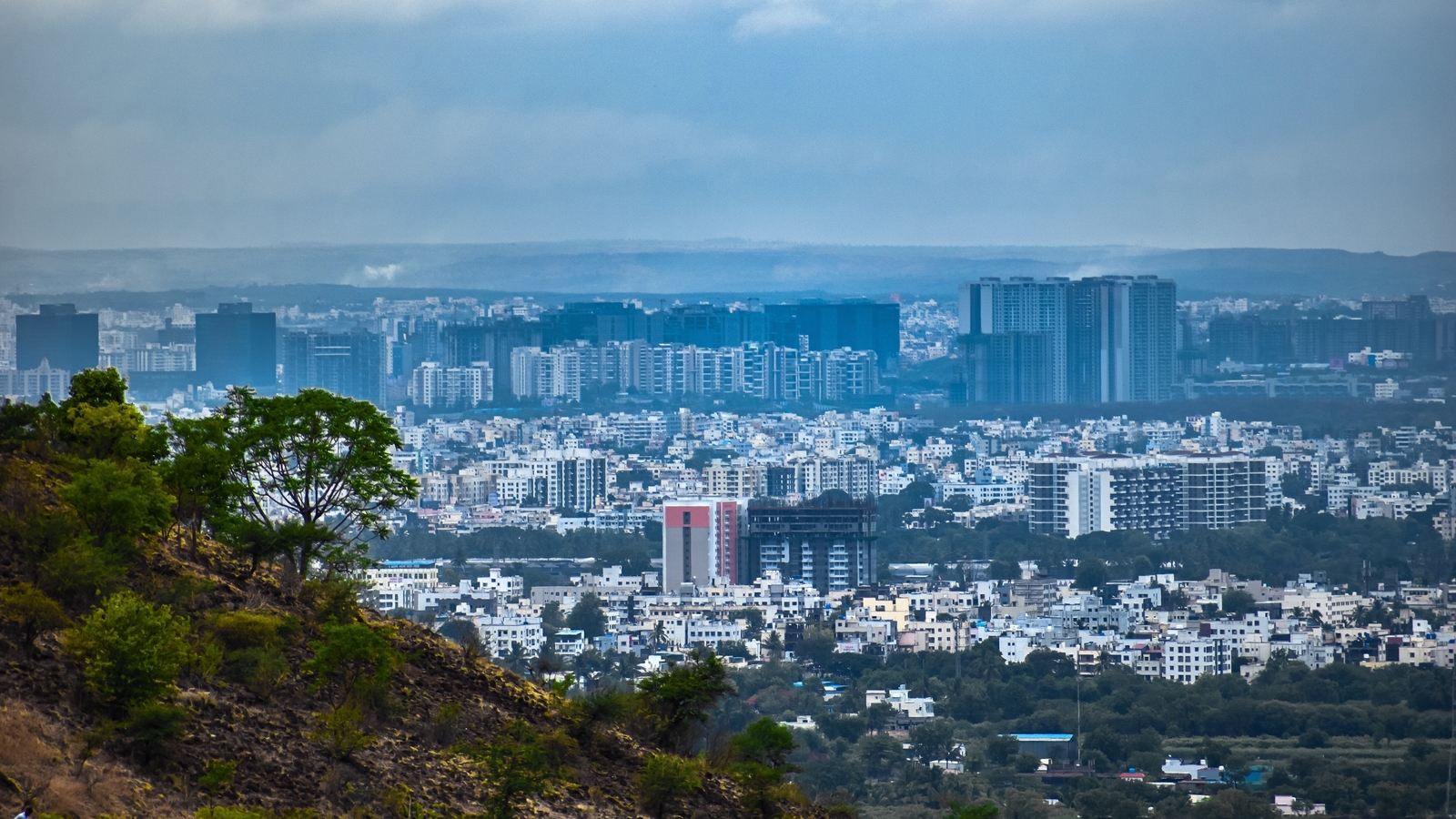"Quite A Mess"- Montana's Fire and Water Situation Turns Dire
Dr. Steve Running is a Montana treasure, affable, funny, and sharp-witted with a full head of silvery white hair; he’s the kind of guy you want to have dinner with. Semi-retired and 75, Running might be mistaken for a favorite high school coach, but anyone who spends time with Steve quickly realizes that beneath the joking, average- guy facade, is a very serious Nobel Prize-winning climate professor from the University of Montana, whose ground breaking global work more than two decades ago helped preciseley predict the disaster that is currently unfolding in our state.
In 2007, while Dr. Running was in year 28 of his 38-year career at the University of Montana, he developed the Earth-observing-oriented algorithms used by a machine called the Moderate Resolution Imaging Spectroradiometer, which was placed on board NASA’s satellites Aqua and Terra. His scientific breakthroughs still provide us with accurate and continuous global biosphere monitoring.1 In other words, Steve figured out how to use satellites and complex math to measure atmospheric CO2 by observing the Earth’s seasonal plant growth from space.
Since then, he’s been warning us about what his data says will happen if we don’t change our ways. A 2023 MT Free Press headline about his work sums up his warnings: “Decorated climate scientist says Montana should expect climate-driven water and wildfire woes.”2
Steve Running does not mince words. “This looks like quite a mess,” he said in the weeks leading up to the Held v Montana climate trial, where he and several other world-renowned scientists, who all testified on their own dime, laid out the truth of our predicament. Among other certain-to-occur impacts, Running repeated warnings that our acrid wildfire season, which is universally despised by eveone in MT, would dramatically worsen, and “snowpack melting earlier and the system drying out,” would cause historically slim stream flows, lower hydro power generation, lower lake levels, and widespread river closures.
Running takes his fair share of barbs for speaking these truths but confidently swats away the naysayers. Attorneys under the direction of Montana Attorney General Austin Knudsen looked cartoonish as they tried to discredit him in that climate trial. Donald Trump has called his science “a hoax.”3 Montana Congressman Ryan Zinke, who successfully championed the reversal of the U.S. ban on exporting fossil fuels, dodged Running’s irrefutable science when he was pressed in a congressional hearing: “I’m not an expert in this field,” Zinke said, in an uncharacteristic moment of honesty.
Since Zinke's testimony and his win on the removal of export restrictions, the U.S. now sends about 54% of our oil, gasoline, and natural gas abroad, and Zinke has been paid nearly $1 million per year to lobby for giant corporations like Conoco Phillips that profit from those exports.4
Many others have denounced Steve’s science since 2007, and they insist he’s an ideologically driven phony. The Choteau, Montana, school board even rescinded a speaking invitation to the Nobel Prize winner because they did not like the data his research uncovered. But we need only examine what is actually happening in Montana at this very moment in 2025 to determine whether he is right or not.
Let’s start with Dr. Running’s predictions of increased heat and worsening fire seasons. In May of this year, more than 60 days before even the beginning of traditional “fire season,” Montana experienced several severe fires, and its first-ever May heat warning was issued.
What about Running’s warning about a much faster snow melt, dropping streamflows, and low lake levels? Well, 2025 is proving this is not a hoax either. Just this week, we learned that there was not enough water in the ecosystem to bring Flathead Lake to full pool. This enormous lake is the centerpiece of Northwestern Montana and the culmination of thousands of miles of rivers and streams that drain innumerable mountains and valleys in a basin of more than 6 million acres.
In making the dissapointing low water accouncment, The Confederated Salish And Kootenai tribes who operate Kerr damn that regulates the top 10 feet of the largest natural freshwater lake West of the Mississippi said it was because “Unseasonably warm and dry conditions have sigifigantly decreased water supply in the Flathead basin and spring runoff is quickly receeding bringing river flows to extremly low levels. With the dry hydrological forecast for the remainder of 2025, it will be the third year in a row with abnormally hot and dry conditions. ”5

As if on cue to further reinforce the climate science, even as I write this in the first third of June, my phone is beeping with alerts from the Montana DNRC of a new fire blowing up north of Helena and another fire starting just outside Red Lodge. There are also smoke alerts for 2/3 of the state, and news stations are posting weather forecasts with headings like “It's Hot Out There!” I want to stress, THIS IS JUNE, a traditionally wet, cool, and muddy month in Montana.
Most of us Montanans are uncommonly attuned to the movements of seasons and climate. Farmers and Ranchers pay attention because their crops and cattle depend on water and temperature. Guides, tourism businesses, and outdoor stores are highly reliant on the climate. Almost everyone else lives for the outdoor activities we hope to engage in on the weekends or after work.
We are not imagining any of this, and we can all feel the foreboding rumble. This place we love is in for a rough patch, and our very own Montana Nobel-winning scientist accurately predicted every bit of it nearly two decades ago. We should have listened and shouted down the clowns who say it’s a hoax.
As we stare at the reality of 2025, it’s easy to wonder what can be done now. Perhaps we ought to take a lesson from Steve Running’s example. As he neared retirement, Steve was questioned about his career and increasing willingness to get attention, speak the truth, and advocate, activities that are not comfortable for scientists like him. In response, Steve gave it to us straight, just like a good Montanan should:6 “The world is in trouble, and not enough people understand how big of trouble. We have a moral and ethical duty to be more activist than we ever imagined… ”
